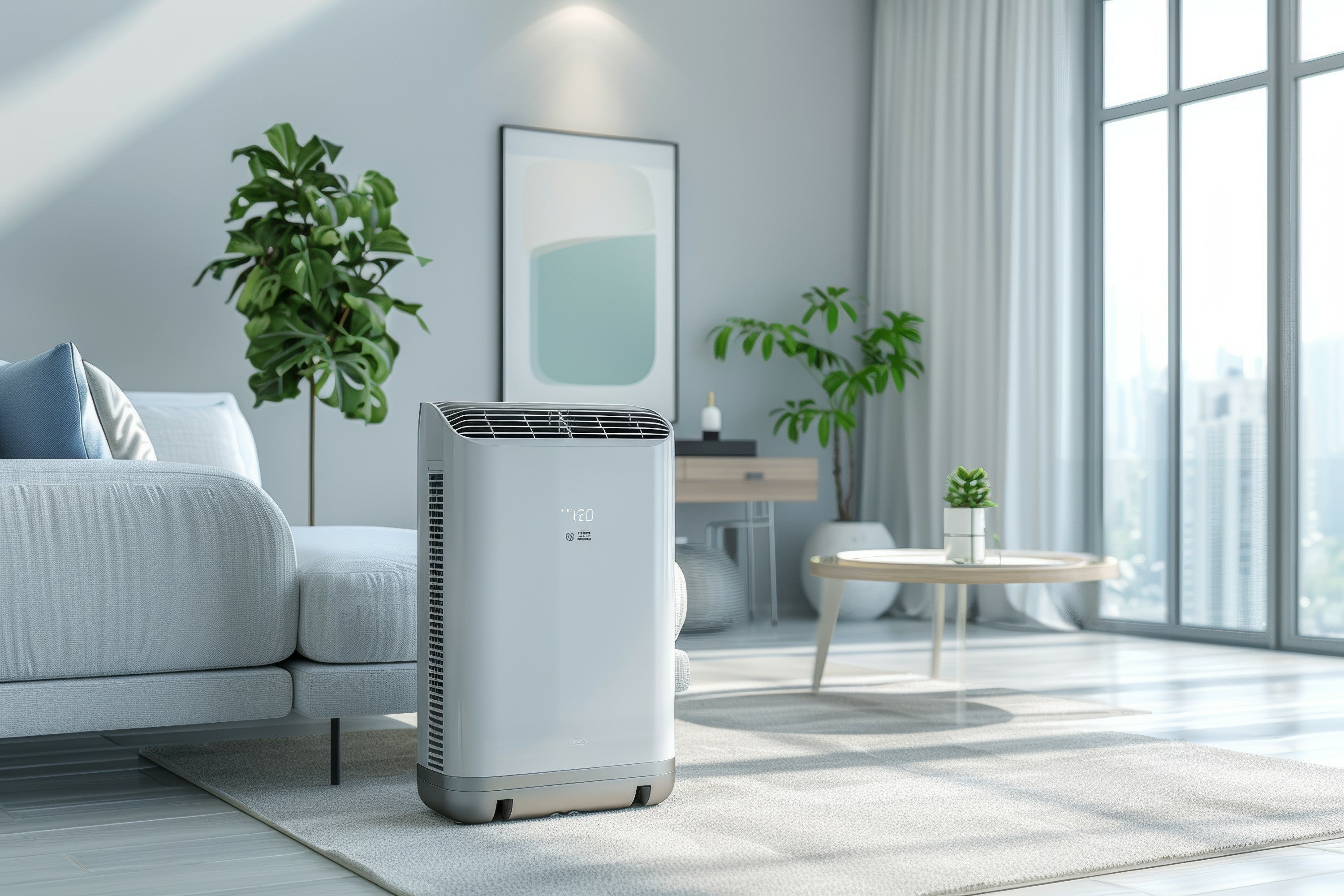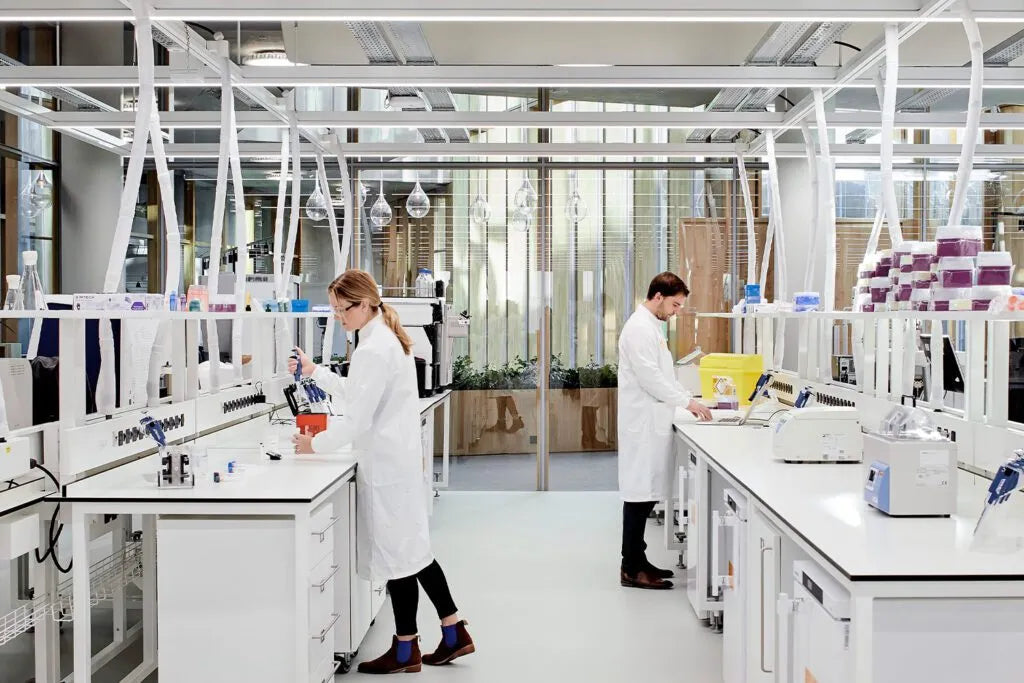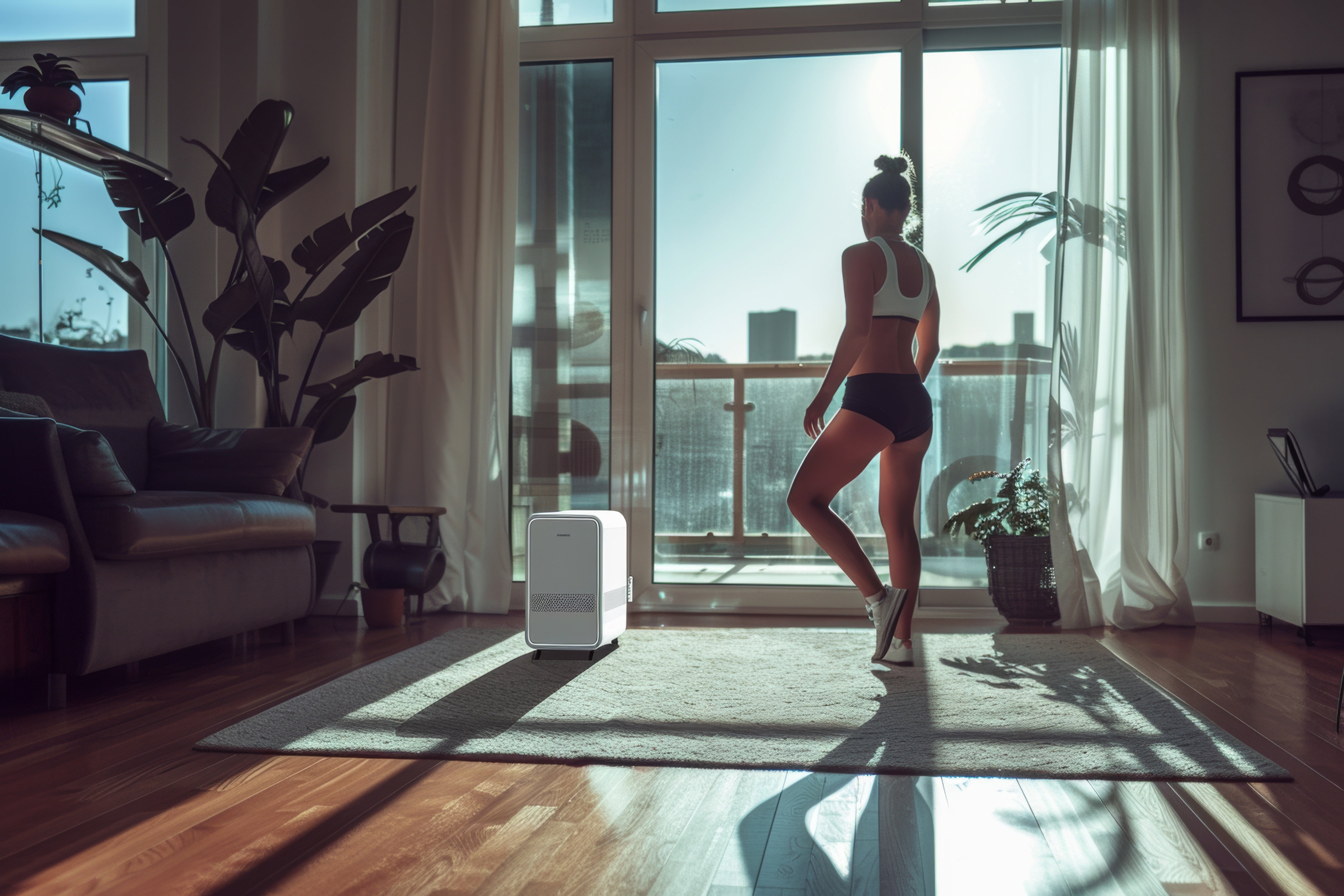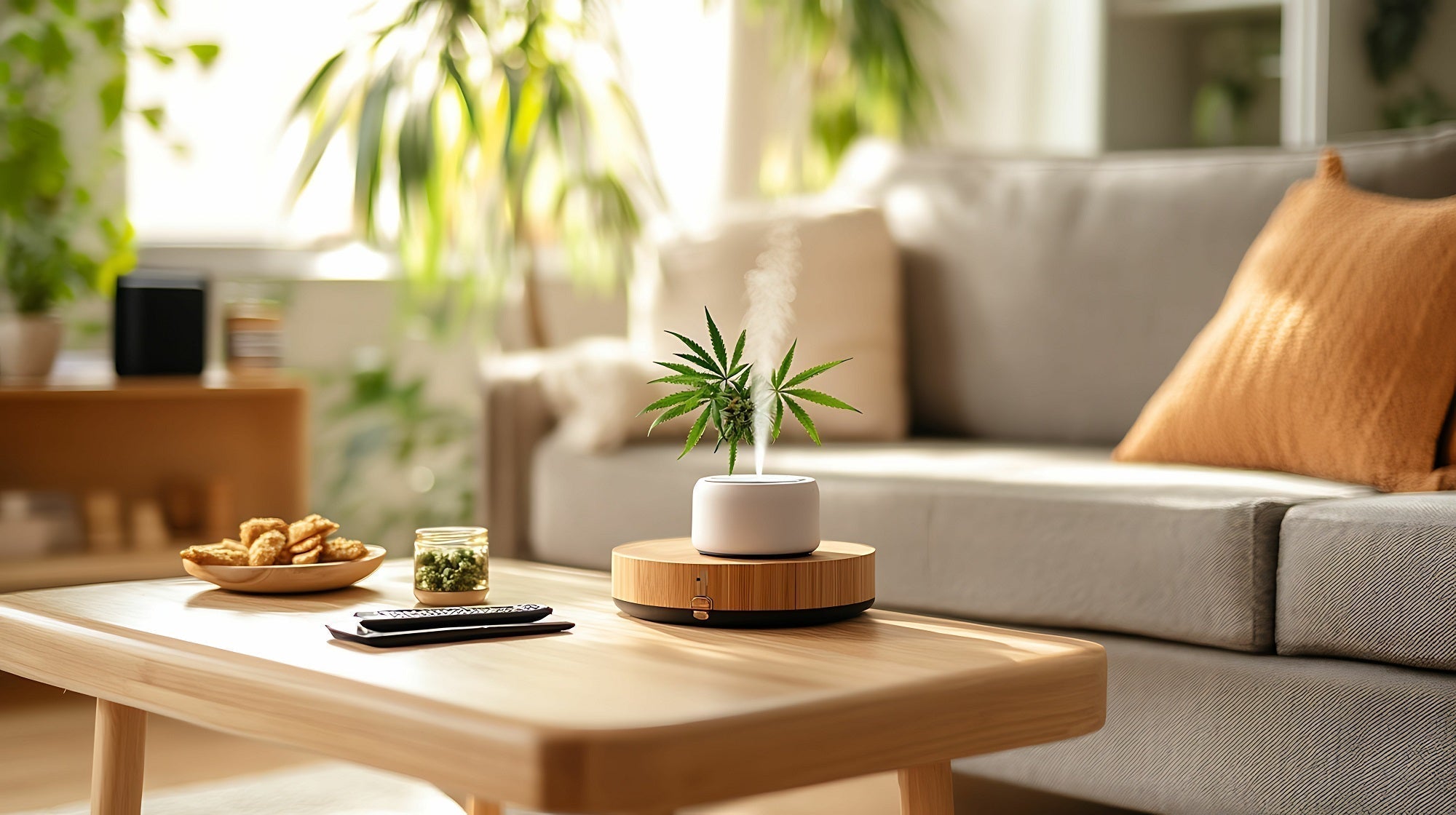How Quickly Can an Air Purifier Clean Your Room?

Dust if you must for that instant dopamine rush! If that’s your philosophy, you must love vacuuming up dirt from your rugs or wiping crumbs off your counter. You get to see and enjoy the effects right away. However, with an air purifier, the impact is harder to quantify–at least at first. This raises the question, how long does it take for an air purifier to clean your room?
Well, the answer isn’t as easy. In a typical home, an effective air purifier starts to deliver clean air within 30 to 60 minutes. But this time changes, depending on several factors such as your room size, the indoor air quality and even the placement of the device. So, let’s get into the nitty-gritty of these variables to understand what to expect from using an air purifier for room.
1. Size of the Room
One of the most important factors affecting your air purifier’s performance is the size of the room you place it in. The area an air purifier needs to cover significantly changes how long it needs to improve the air quality. So, the same air purifier might take longer to filter a spacious living room than a cosy bedroom. But you don’t have to rely on a single-size air purifier for home–MedicAir air purifiers come in a range of sizes to suit your space and needs.
Our MedicAir Pro Mini, for instance, is ideal for home offices and bedrooms whereas our MedicAir Pro is effective for larger indoor environments such as your living room. To get an accurate estimate, you can use our MedicAir Product Finder, which helps determine the right air purifier for your needs.
2. Clean Air Delivery Rate (CADR)
Closely connected to the size of your room is the air purifier’s CADR. It basically measures the volume of filtered air released by an air purifier per minute. A higher CADR means that the air is cleaned more quickly and effectively. For maximum efficiency, you should match the CADR to your room size. The CADR should be at least two-thirds of your room's size.
Our MedicAir Pro Mini, for instance, has a CADR of 410m³/h, which makes it more than sufficient for an average-sized room. Our MedicAir Pro, on the other hand, offers a 605 m³/h CADR that makes it ideal for larger rooms or open-plan layouts.
3. Pollutant Levels and Types
The concentration levels and types of pollutants in your home also affect your air purifier’s operational efficiency. For instance, an air purifier in the UK would have to tackle pollutants such as dust, pollen, pet dander, smoke and VOCs. Moreover, the concentration of these pollutants will vary from home to home. Understanding the specific pollutants present in your home and their levels can help you select the right air purifier and set realistic expectations for its cleaning efficiency.
4. Type of Filtration
It all comes down to the type of filters in the air purifier that affect its ability to handle diverse types of pollutants. Air purifiers with HEPA 13/14 filters, for instance, are the most effective in capturing particulate matter such as dust, pollen and dander. On the other hand, air purifiers with activated carbon are ideal for neutralising odours, gases and VOCs. Our MedicAir air purifiers use HEPA 13/14 activated carbon filters that effectively remove particles and odours. Plus, our safe UV technology adds an extra layer of protection against bacteria, viruses and pathogens.
5. Placement of the Air Purifier
Would you put a fan facing a wall and expect it to be effective? Probably not. Similarly, air purifiers need to be placed in a location where they can circulate air efficiently throughout the entire space. For optimal performance, you should place an air purifier for room in a central location, away from furniture and furnishings and close to the source of pollutants.
Unlike ordinary air purifiers, our MedicAir units are designed to be versatile and can effectively operate even when placed just a few centimetres from a wall. We recommend you place them in areas where you spend most of your time, such as near your bed or desk.
6. Maintenance of the Air Purifier
Lastly, the maintenance of your air purifier affects its performance too. If you regularly replace the filters as per the manufacturer’s guidelines and keep the unit’s exterior clean, the air purifier will perform at its peak. Our MedicAir filters, for instance, are built to last 6 to 12 months and your unit automatically alerts you with a red flash when the filter’s life drops to 10%. Regular maintenance not only extends the life of your air purifier but also ensures it works at its best.
The Bottom Line
With the right air purifier, properly placed and maintained, you can improve your indoor air quality in less time than you think. While you may not see the results as quickly as you would when vacuuming a rug, the benefits are just as real and arguably, more important for your health. So, take a deep breath and enjoy the peace of mind that comes with a MedicAir air purifier for home.
Recent Blogs
Independent Global Testing Confirms MedicAir’s Filtration Excellence
Two of MedicAir’s flagship systems – the MedicAir Pro and MedicAir Pro Max – have been independently verified for their outstanding performance in real-world environments, following rigorous testing conducted in Kuwait by international air filtration expert Dr Iyad Al-Attar.
Heatwaves and Indoor Air Quality: How MedicAir Safeguards Health and Productivity
The recent heatwave has brought swelteringly high temperatures across the UK, significantly impacting indoor air quality (IAQ) and indoor environmental quality (IEQ).
Why Indoor Air Quality Matters for Cannabis Grow Rooms
With MedicAir, you get more than just air purification–you get peace of mind, knowing your plants are thriving in a controlled, contaminant-free environment.


